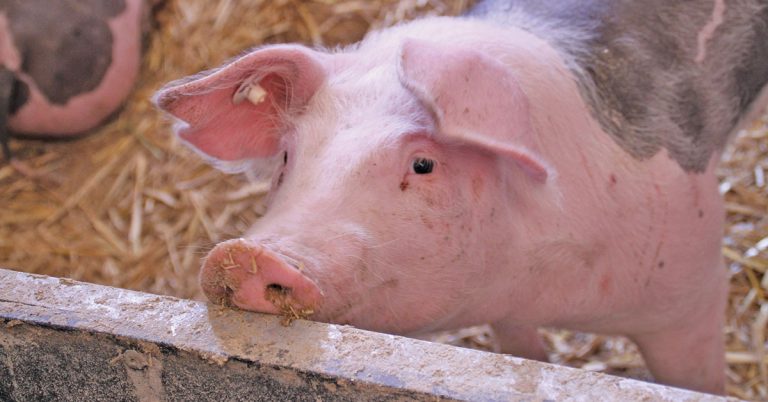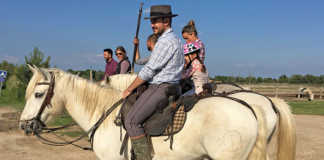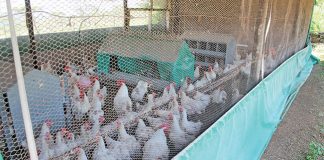
Photo: Tomwiden
A zoonosis is a disease that can pass from animals to humans. The effects can range from mild, such as ringworm, to deadly, such as rabies.
The World Organisation for Animal Health highlights a number of disturbing statistics:
No less than 60% of existing human infectious diseases are zoonoses. At least 75% of emerging infectious diseases of humans come from animals.
Five new human diseases emerge every year; three are of animal origin.
A big pig problem
A number of zoonotic diseases, including brucellosis and tuberculosis, can cause financial losses to farmers and threaten the health of livestock owners and their families.
Neurocysticercosis (NCC) is a widespread and potentially serious disease passed from pigs to people. It can cause epilepsy, particularly in children, and is a problem in poor communities where free-roaming pigs live in close contact with humans and sanitation is inadequate.
NCC is caused by a tapeworm (Taenia solium) that cycles between humans and pigs. When a person ingests tapeworm eggs, the larvae can migrate to the brain and form a cyst that may result in epilepsy, a brain disorder that leads to uncontrolled convulsions and shaking.
The period between infection and the onset of epilepsy can be as long as 10 years, which makes it difficult to assess NCC prevalence in a community, according to Dr Caryn Shacklock, technical and laboratory manager at animal health company Afrivet.
Many rural parts of the Eastern Cape have a high prevalence of the disease, and studies show that more than 60% of the cases of epilepsy in the province are caused by NCC. Rural householders in the area often own pigs that live in close contact with them, and many communities use pit toilets.
Combined effort
Afrivet works with neurologists and paediatricians from the Eastern Cape Department of Health, as well as state veterinarians, to assess the prevalance of the disease in pig and human populations, says Shacklock.
The company is also geotagging pit latrines in NCC-affected communities and their surrounds to monitor the condition of the facilities and establish how many people use them each day.
In another project, pigs are vaccinated and treated against the NCC tapeworm, breaking the cycle of transmission between pigs and humans and leading to a drastic decline in human disease cases.
For this, it is necessary to establish pig ownership in affected communities and build a database so that owners can be contacted once a vaccination programme starts.
“Animal-health professionals play a vital role in ensuring food safety and security through preventing and controlling zoonoses,” says Shacklock.
Very often, she adds, controlling a disease in the animal population leads to a decrease in human cases. “So, it’s clear to see how important it is for medical and veterinary professions to work together.”
Prevention
Good hygience is crucial to preventing infection from NCC and ultimately eliminating the disease from a community. Here are some basic, but important, steps to follow:
- Ensure that pork meat is cooked very well to kill any tapeworm cysts that might be in the meat.
- Wash vegetables well before eating them.
- Wash your hands thoroughly after using the toilet, digging in the soil, or picking vegetables.
- In the case of pit toilets, use products that help with hygienic waste management.
Email Dr Caryn Shacklock at [email protected].











